How Coworking Creates a Sense of Community
THRIVE's Chris Smith on the company’s business approach and expansion strategy.
An unexpected outcome of the pandemic was that it brought people together by reviving their sense of community belonging. Now, people buy locally to support small businesses, they spend more time with families and friends, and they commute a lot less than three years ago because they work remotely or in a hybrid model. This shift has accelerated demand for flex office spaces as an increasing number of companies adapted their work policies to offer more flexibility to their employees.
Flex office space provider THRIVE | Coworking has built a business model that enables shared office space users to support the businesses in the neighborhoods where they live, and also help local charities. The company is building sizeable portfolios across the U.S., adding multiple locations in secondary markets.
“The central point of our value proposition is community and philanthropy. People want to be a part of their community and they want to have a higher purpose. We foster that environment,” THRIVE Chief Risk Officer Chris Smith told Commercial Property Executive.
In the interview below, Smith describes the company’s philosophy and explains why coworking is here to stay.
READ ALSO: Why Flex Office Space Is Flourishing Again
How would you describe the post-pandemic coworking scene?
Smith: Busy! We have been experiencing a very positive response to our model, whether it be from solopreneurs, enterprise leaders, corporate employees—who are looking for a place to work with team members, minus a long commute—and city leaders who want to create a vibrant downtown with the infusion of energy and commerce that our members bring. Our coworking model also includes extracurricular adventures such as hikes and paintball competitions, as well as philanthropy around our 501(c)(3) THRIVE | Initiative, which helps to make work more meaningful and purposeful—and people love that.
What are some shifts and challenges that you’ve noticed in the coworking space in the past couple of years?
Smith: The pandemic was definitely a challenge for the industry and something we all have had to deal with … COVID-19 and the Great Resignation have been a lesson to businesses globally. Do we really need to have people in the office 24/7, five days a week, in a large building with drop ceilings, fluorescent lights and cubicles, where employees have to drive hours a day to get back and forth? I think the answer to that question is no. There needed to be a shift and coworking’s blended, flex-use model—keeping people in their neighborhoods, shopping locally and focusing on the community—is the antidote for employees, entrepreneurs and enterprises.
Can you expand on your strategy to increase your flex office portfolio? What type of spaces are you looking for?
Smith: Walkable city markets like the ones you see on our roster. We’ve found that with the onset of the Great Resignation, suburban markets in tier-one markets are hot. We also like tier-two markets like Birmingham, Ala., Asheville, N.C., and Charleston, S.C., which are great for our members’ networking opportunities.
We generally love a 10,000- to 25,000-square-foot-space that’s central to a downtown market. We’re also looking for markets where the city leaders are focused on growth and want to bring in someone like us, who can keep people in their communities. That way they can help drive local economies and help fund charities in their area through the THRIVE | Initiative.
What U.S. markets are you targeting to grow your coworking footprint?
Smith: Our enterprise clients and M&A work help us define locations where there is demand. Our enterprise solution enables companies to curate a hybrid work model to offer flex space where their people live. We’ve spoken to leaders who realize now they can offer a hybrid model where their people can work locally, even if that means they have an anchor location in 10 THRIVE workspaces in one metro market.
Atlanta is a good example. We have a number of great suburban markets that make up metro Atlanta, such as Alpharetta, Milton and Canton in operation and Gainesville, Snellville, Suwanee, Duluth and Roswell in development. If you’re an employer with 2,000 people in a city like Atlanta, they are driving from many locations and these suburban markets are where their people live. We will work with enterprise employers to build and curate a cluster THRIVE model to give them an anchor in our buildings, in the neighborhoods where their people live. Those employees will get the best of both worlds. They’ll have a home base for their work, philanthropy to add purpose, and the ability to get deeper into their community.
You have several flex office locations that you plan to open over the next 12 months. Where are they located and how big are they?
Smith: Our Duluth, Ga., location is going to be approximately 23,000 square feet, but other locations in development include: Asheville, N.C. (12,000 square feet); Gainesville, Ga. (15,000 square feet); Suwanee, Ga. (13,000 square feet); Cumming, Ga. (10,000 square feet); Roswell, Ga. (10,000 square feet); Greenville, S.C. (22,000 square feet); Birmingham, Ala. (13,000 square feet); Chapel Hill, N.C. (11,000 square feet); Bozeman, Mont. (10,000 square feet); Snellville, G. (14,000 square feet) and Winston-Salem, N.C. (15,000 square feet).
We have already opened locations in Alpharetta, Milton and Canton, Ga., Charleston, S.C., Holly Springs, N.C. and Columbus, Ohio.
It’s the Wild West right now, as our partner 33 Degrees has committed to supporting our launch in 500 locations. Currently, our sweet spot is 25,000 to 50,000 square feet, but that’s our initial focus. Things may change as the market matures.
Who are your target tenants and what does your business model focus on when it comes to satisfying their needs?
Smith: We love the small business owners with eight to 12 employees, the solopreneur, the corporate employee that is satellite, or the enterprise client that wants a decentralized hybrid work model for their company nationally or globally.
Enterprise clients with thousands of employees need to curate a true hybrid model that keeps their people close to home. Instead of sending thousands of their employees to one building, they can anchor a location, based upon the radius of where those people live. And to add purpose, companies can endorse our philanthropic initiative, where employees can donate spare change to a local charity partner and, in return, get discounts from participating neighborhood retailers. This model provides flexible use where their people live and enables them to actively partner with a charity.
For entrepreneurs and solopreneurs, we offer a turnkey solution for them to grow up or down with no contracts, plus all the culture and purpose they need. We provide the location, community, experiences and heart for a company to prosper.
READ ALSO: A Glimpse Into NYC’s Booming Boutique Coworking Scene
Please tell us a few details about the amenities your flex office locations include.
Smith: Beyond the design-forward decor and daily snacks and drinks, we offer monthly catered, chef-driven breakfasts, lunches and happy hours, as well as our weekly Beer Fridge Friday. There are also community service events, plus quarterly extracurricular adventures—from hikes to hang gliding—designed to build camaraderie among members.
What are some of your predictions for the coworking industry moving forward?
Smith: Coworking is here to stay. I believe enterprise company leaders have realized that enabling people to work both at home and at an office located at the employee’s discretion is here to stay if key performance indicators are managed. The growth focus will continue to move away from central business districts and more toward places where people live and want to be with amenities. I also expect consolidation to take place.


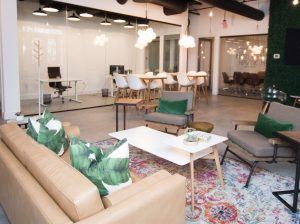
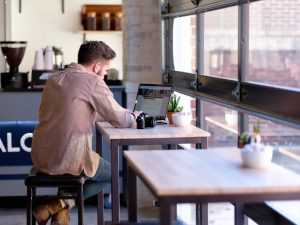
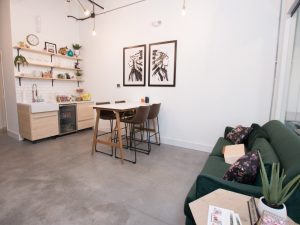
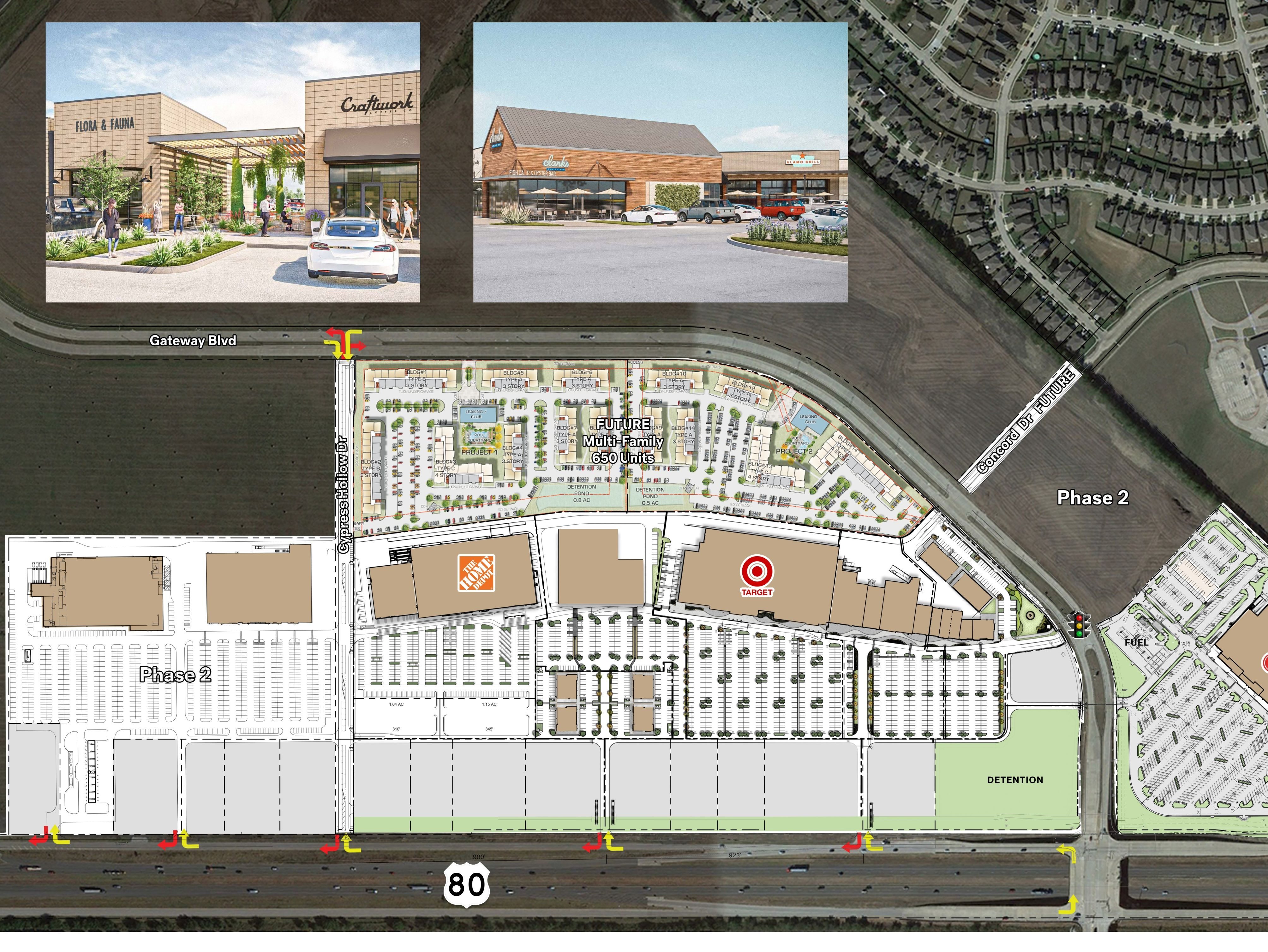
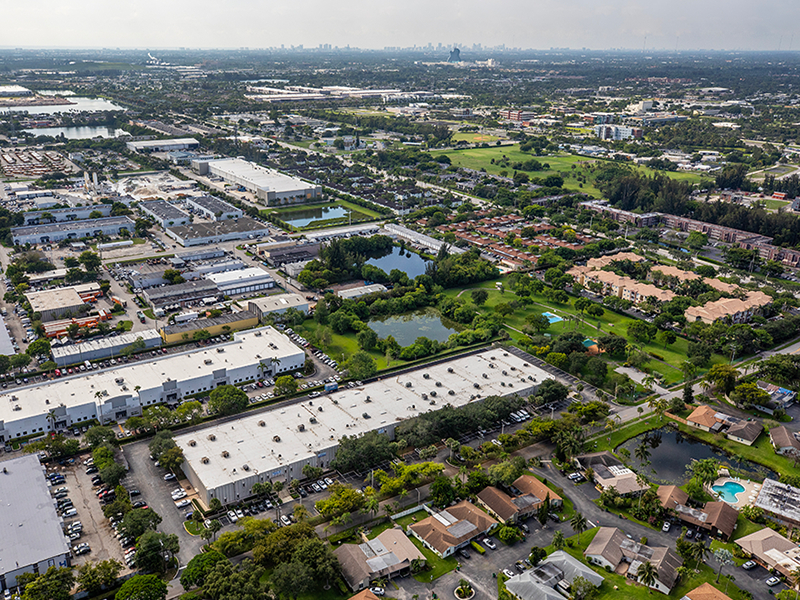




You must be logged in to post a comment.